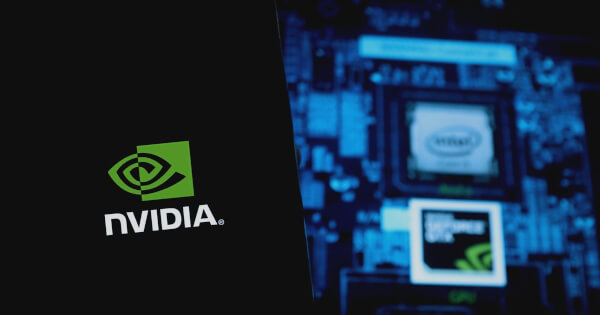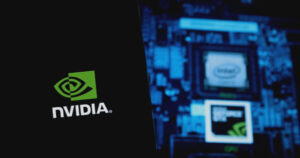Unlocking the Power of Data: NVIDIA’s Game-Changing Grace CPU for ETL Workloads
By Zach Anderson
Published on March 12, 2025
In the fast-paced world of data processing, where efficiency and performance are paramount, NVIDIA’s Grace CPU Superchip is emerging as a revolutionary force. Designed specifically to enhance Extract, Transform, Load (ETL) workloads, this cutting-edge technology surpasses traditional x86 CPUs in both efficiency and energy-saving capabilities. At Extreme Investor Network, we delve deeper into how the Grace CPU is transforming the data landscape and what it means for industries reliant on robust data analytics.

Enhancing Single-Node Performance with Polars
Polars, a powerful open-source data processing library, is harnessing the Grace CPU’s unique architecture to make single-node workloads significantly more efficient. By employing a user-friendly Python API and optimized LazyFrame operations, Polars showcases remarkable performance through the PDS benchmark. What’s truly impressive is the 25% speedup that Grace CPU achieves over AMD Turin, the fastest x86 chip available today. This performance boost is attributed to Grace’s larger 64K default page size, a stark contrast to the smaller page sizes used in x86 architectures.
This leap in performance is not just about speed; it’s about energy efficiency. The PDS benchmark results indicate that the Grace CPU consumes a staggering 65% less energy compared to its x86 counterparts. This translates into a significant 2.7 times improvement in performance per watt, and a 1.6 times better performance per dollar, providing companies with an invaluable edge in data operations.
Unleashing Multinode Potential with Apache Spark
NVIDIA doesn’t stop at single-node processing. When it comes to complex multinode setups, Apache Spark shines brighter than ever with the Grace CPU. Utilizing NVIDIA’s open-source NDS benchmark toolset, the performance of an eight-node cluster powered by Grace CPUs nearly matches that of an AMD Genoa cluster. However, the standout feature here is the energy efficiency; the Grace CPU cluster delivers nearly 40% more performance at the same power level. This makes it an incredibly appealing option for organizations looking to scale their data analysis capabilities without compromising on energy costs.
The Future of Data Processing: Industry Implications
The implications of the Grace CPU extend far beyond just better performance. Its introduction signals a crucial pivot toward more energy-efficient and cost-effective data handling solutions. This architectural advancement enables organizations to reduce operational costs, gain deeper insights, and make data-informed decisions swiftly.
Moreover, the shift to Arm-based architectures like the NVIDIA Grace is paving the way for more integrated CPU and GPU solutions, which are vital for advancing AI and machine learning applications. With high-performance cores, swift fabric, and enormous memory bandwidth, organizations can expect an unprecedented level of functionality across data-intensive operations.
Why Choose NVIDIA Grace?
At Extreme Investor Network, we understand that with innovation comes opportunity. For businesses looking to modernize their data centers, the NVIDIA Grace CPU not only offers enhanced ETL workload performance but stands as a sustainable choice for future operations. The environmental benefits, coupled with substantial cost savings, ensure that organizations can invest in a tech ecosystem that not only performs but also promotes sustainability.
In a world where data is the new currency, investing in technologies like NVIDIA’s Grace CPU can be the turning point that propels a company ahead of its competitors. Embrace this change not just to keep pace but to lead in today’s data-driven economy.
Stay tuned for more insights from Extreme Investor Network as we continue to explore the latest innovations shaping the cryptocurrency and blockchain landscapes!

